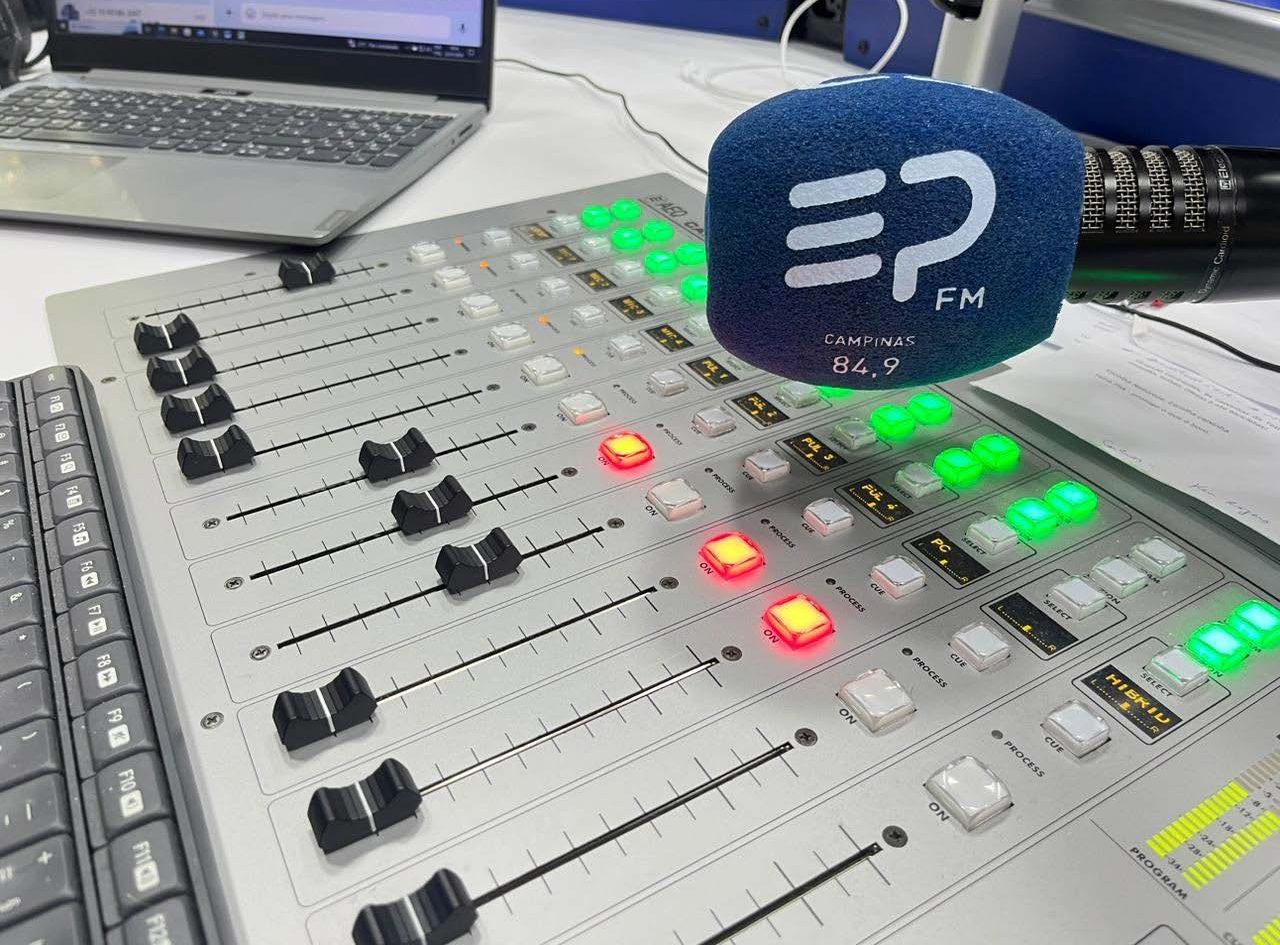Zebra develops a proof of concept for Remote Production with AEQ Xpeak Intercom via Starlink Satellite
The challenge consisted of remotely controlling the production of audiovisual content from inside a small boat where there is no space for technical controls.

Zebra Producciones, founded in 2000, is a Spanish audiovisual production company specialized in fiction, entertainment, documentaries and feature films. It is part of the iZen group, one of the largest independent production companies in Spain.
The management of Zebra Producciones commissioned the Technical Director, José Manuel Espada, to design a technical solution for the production of a series from a recreational boat. The main challenge lay in the limited space available on board, which made it impossible to install the essential technical controls for the production, including image, sound, lighting, coordination and stage management.
Faced with this constraint, the need was established to implement a remote production model, moving these controls to the ground. The most efficient option was to centralize the operation at Zebra’s main studios or, in some cases, to allow key managers to operate from their homes.
To make this solution feasible, it was essential to integrate an intercom system to ensure real-time coordination between the teams on the ship and ashore, as well as to have a stable, low-latency communications link for bidirectional signal transmission.
To meet this objective, Zebra Producciones’ technical team went to AEQ, where, with the support of the Product Department engineers, a proof of concept was carried out using the Xpeak intercom system. Two terminals were deployed: one connected to the Internet through Starlink and the other directly to the network.
Xpeak allows remote interconnection of user panels, both hardware and software, through an automatic virtual network. Thanks to its global configuration assistant, it avoids the complexity of creating virtual networks or managing connectivity parameters.
This system operates without the need for static IP, dynamic DNS or port forwarding, functioning in any environment, even in restrictive networks. In addition, by dispensing with a central matrix, the devices form a peer-to-peer (P2P) network with Ethernet virtualization, facilitating efficient and flexible communication between remote locations.
The system operated stably and with low latency, thanks to the low orbit of the Starlink satellites, which guarantee a close and continuous connection with the antenna.
As an alternative, a plan B was implemented using 4G routers, which allow connection to the conventional mobile network, as long as the vessel remains within range of the shore coverage.

Although mobility-specific Starlink antennas are available, they were not necessary due to the slow travel and stability of the sea. At this distance, the 4G network did not operate, but on approaches to shore, Xpeak proved to work over conventional mobile data as well.
Remote production tests were conducted, where the execution was carried out on board the ship, while technical control was managed from shore. Through the Starlink link, a multi-screen was transmitted, integrating the signal from 38 cameras and multiple audio channels, allowing real-time monitoring and direction.
The ship-to-shore transmission operated at an uplink rate of approximately 6 Mbps, staying within the limits of the domestic Starlink link, whose uplink capacity varies between 10 and 30 Mbps.
The system performance was stable and of high quality, ensuring smooth communication in both intercommunication and audio and video transmission.
José Manuel Espada, CTO of Zebra, said “With these tests we have great prospects to develop projects anywhere, reducing travel costs of large teams”.
You can learn more about Zebra Productions by visiting its official website. You can also check iZen’s webpage for more information about them.



